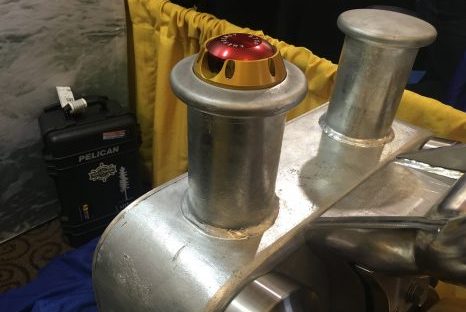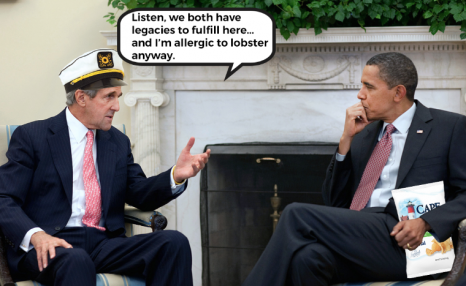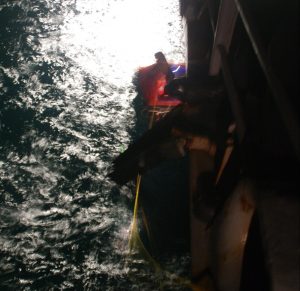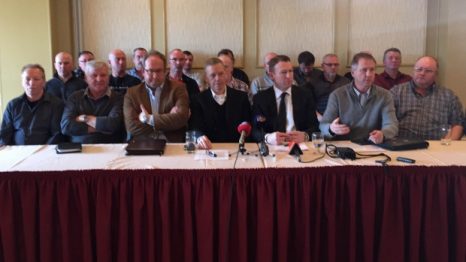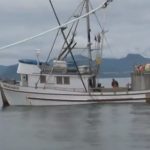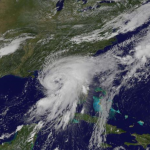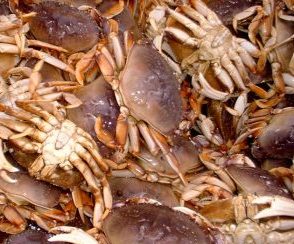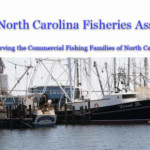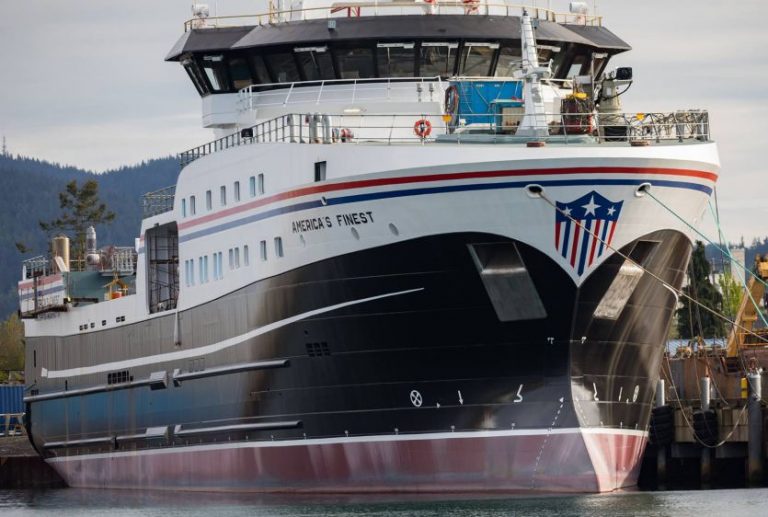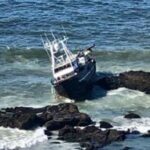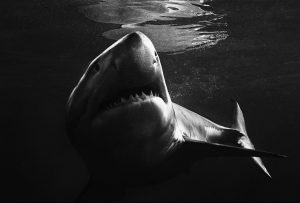Monthly Archives: March 2018

NOAA, NGOs debate effects of ocean farms on wildlife, Litigation may be deterring investors
Federal waters in the Gulf of Mexico have been open to fish farming for two years, but no farms yet exist. In January 2016, the National Oceanic and Atmospheric Administration’s National Marine Fisheries Service issued a rule that would let companies apply for 10-year permits to farm fish in federal waters of the Gulf, with five-year renewals thereafter.,, Paul W. Zajicek, executive director of the National Aquaculture Association, suspects companies interested in starting offshore farms are waiting for results of a federal lawsuit against the fisheries service.,, Those behind the lawsuit say NOAA’s fisheries service is trying to regulate aquaculture as fishing but lacks authority to expand into aquaculture. >click to read<21:43
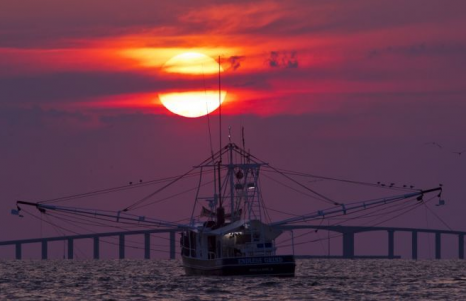
US Shrimp business making slow progress
Despite low dockside prices and other setbacks, local shrimping families say they have hope for this year and those to come, pointing to signs of recovery that are small, but nonetheless seen as positives. The industry got a big shot in the arm earlier this month when President Donald Trump signed into law an appropriations bill that includes money to monitor shrimp coming from other countries into the US, to verify that the companies involved are acting in accordance with US trade laws. >click to read<16:19

Speed limits, snow crab season changes coming to help save the whales
Ottawa is changing the dates of Canada’s snow crab season and establishing a permanent speed limit in the Gulf of St. Lawrence in hopes of protecting the highly endangered North Atlantic right whale.,, LeBlanc’s department is adjusting the dates of the snow crab season so it starts and ends earlier. The snow crab fishery will start as soon as possible, with the help of icebreakers and a hovercraft. The southern part of the Gulf, where most of the right whales were spotted last year, will be closed to fishing after April 28. >click to read<13:55

Athearn Marine Agency Boat of the Week: 43′ Donelle Tuna Boat, 6 Cylinder Cummins QSC8.3 Diesel
Specifications, information and 33 photos >click here< To see all the boats in this series, >Click here<13:05
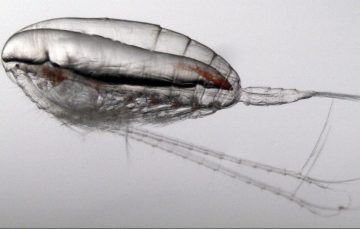
New Research Shows ‘Strong Correlation’ Between Baby Lobster Decline, Possible Food Source
New science is bearing down on a poorly understood part of the North American lobster’s diet. And it turns out that a tiny crustacean’s abundance may help to explain expected declines in Maine’s lobster harvest. The Gulf of Maine brims with hundreds of varieties of transparent crustaceans known as copepods.,, Recently Record has put himself at the computational nexus of a handful of data sets that track a particular copepod in the Gulf of Maine, called Calanus finmarchicus. The clues to this connection can be found in the ocean waters off New Hampshire >click to read<11:41

SA government targets lobster poacher’s US trust millions after conviction
The Department of Agriculture, Forestry and Fisheries (DAFF) will be making use of diplomatic channels and legal remedies to access the funds in an international fishing kingpin’s trusts held in Jersey. Between 1987 and 2000, Arnold Bengis was responsible for poaching West Coast rock lobster and illegally importing it into the US, resulting in a decline in rock lobster numbers. The 81-year-old was convicted by the New York Southern District Court last year for poaching West Coast rock lobster and was ordered to forfeit $67m to DAFF. Bengis refused to comply with the restitution order by cleverly shielding his assets in foreign trusts. >click to read<11:17
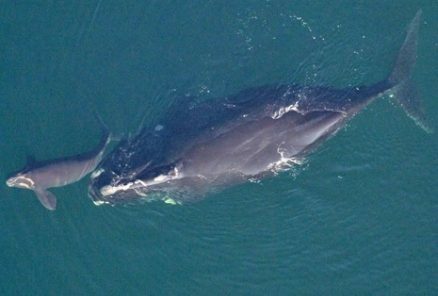
LeBlanc and Garneau announce plans for protecting North Atlantic right whales
Federal Fisheries Minister Dominic LeBlanc and Transport Canada’s Marc Garneau will announce plans this morning for protecting North Atlantic right whales.,, Earlier this year, LeBlanc announced new measures for the operation of the snow crab fishery in the southern Gulf of St. Lawrence to protect the North Atlantic right whale from entanglement. The changes include reducing the amount of fishing rope floating on the surface and mandatory reporting of all lost gear. The government also said it will most likely impose speed restrictions for vessels again this year, when the whales return to the gulf. >click to read<09:58
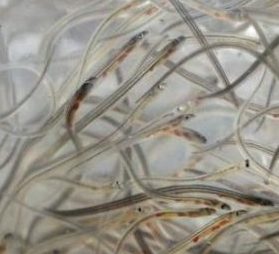
Price offered for Maine’s baby eels hits record high
Strong demand for baby eels from Maine, spurred by poor winter harvests elsewhere around the globe, has driven prices in the opening days of the state’s annual fishing season to unprecedented heights. The average price offered to fishermen for their baby eels, also known as elvers, since the season began at noon last Thursday is between $2,700 and $2,800 per pound, according to Maine Department of Marine Resources. That’s the highest average price range ever reported by the state agency and more than double the $1,302 per pound that Maine fishermen averaged over the course of the 2017 season. >click to read<09:07
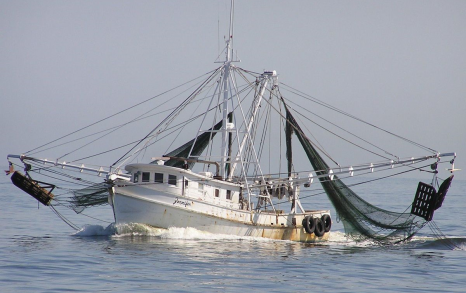
Support our shrimpers
It is called “Le Vent de Carême” — the wind of Lent. It has already started to blow. It does not necessarily mean a lot in many places. But here, in the Bayou Region, there is special significance. Before the Weather Channel and before the Internet and a lot of other conveniences, the shifting of the wind meant it was time to hurry mending nets and getting the trawl boards ready. The time had come for a new year of catching shrimp and making a living. >click to read< 08:35
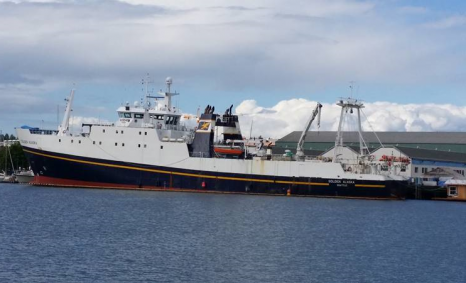
Fishing Vessel Sees Large Fuel Savings
The 305-foot factory trawler f/v Golden Alaska is powered by twin MAK six-cylinder engines and has a large boiler used to support large fishmeal-fish oil processor and hoteling galley needs of the 130-person crew and factory personnel. The vessel is in its fourth year and eighth pollock season using the Fitch Fuel Catalyst on output of dual centrifuges for a 5,300-gallon day tank. They get approximately 18 months service from each core and now are on their third one. >click to read< 21:58

Fisheries Minister Leblanc to make decision on northern cod fishery in April, says seals are a big factor
With cod stocks again on the decline — by a shocking 30 per cent, according to the Department of Fisheries and Oceans (DFO) — the federal fisheries minister says a decision about the fishery will be made within two weeks. Dominic Leblanc said there are a series of factors at play, but one is the grey seal — an animal thought to cause as much as 50 per cent of natural deaths among full-size cod, according to DFO scientists. “There’s no doubt that the seals represent a significant challenge,”,,, >click to read<19:18
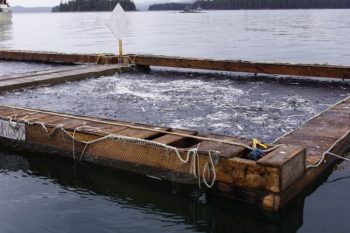
Herring fishery underway near Prince of Wales Island
Fishing has started in another commercial herring fishery in Southeast Alaska this month. Fishery managers expect herring could be starting to spawn this week in a spawn-on-kelp fishery near Craig and Klawock on Prince of Wales Island. The guideline harvest level is a big increase from last year, set at 1,667 tons. That includes 742 tons not caught in a herring food and bait fishery this winter. “After quite a downturn from last year, we’re seeing a real strong presence of fish out here,,, >click to read<18:42
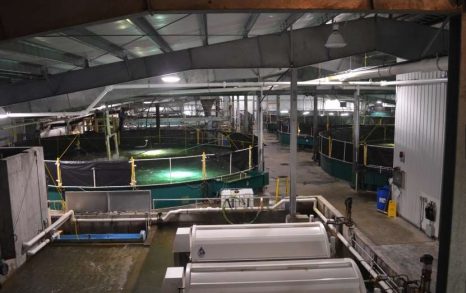
This Canadian First Nations group wants you to buy salmon raised on land
Alert Bay isn’t exactly a premier destination on British Columbia’s rugged Pacific Coast. On this winter day, there are more crows than people on the town’s wooden sidewalks, and most of the few small businesses near the waterfront are closed for the season. The biggest building is an abandoned salmon cannery, a reminder of what used to be here. It’s a past that Bill Cranmer remembers well.,, For centuries, he says, salmon sustained the Namgis’ lives and culture.,, Cranmer says if he and his Namgis First Nation people had their way, they’d get rid of open-water salmon farms. But they can’t, so they’re trying another idea for rebuilding a salmon economy for their community. They’ve built their own salmon farm — on land. >click to read<15:26
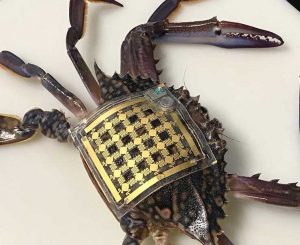
“Marine skin” wearable technology tracks underwater creatures
Wearables are normally connected devices like smartwatches or shirts that people wear. Researchers are expanding wearables to cover underwater creatures as well with a new wearable sensor that could help track whale sharks and dolphins in the future. The crab you see here was one of the first test subjects for a new lightweight sensor tag that could track animal movement in deep ocean environments. The sensor is dubbed “Marine Skin” and is designed to be glued to the outer shell or skin of an animal. >click to read<11:42
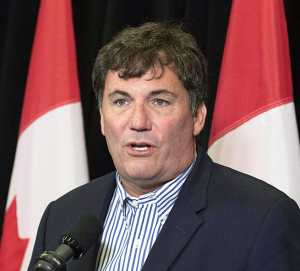
New criticism surrounds federal decision to break Arctic surf clam monopoly
One month after the federal fisheries minister announced a new licence for an important clam fishery would be awarded to a partnership of Indigenous groups from across Atlantic Canada, the government is facing fresh criticism over how it awarded the licence, and for the Liberals’ perceived ties to the winning bidder. The decision to award one-quarter of the Arctic surf clam quota to a partnership that included Indigenous communities was intended to further reconciliation by helping First Nations gain a foothold in a lucrative market and to break the monopoly on Arctic surf clams that has been held by Halifax-based Clearwater Seafoods. >click to read<10:10
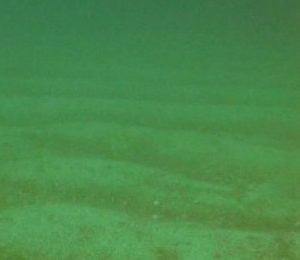
Huge herring spawning ground discovered in Wester Ross
A huge spawning ground for herring has been discovered near Gairloch in Wester Ross. The ground, thought to be around three square kilometres, was discovered by scallop divers who operate in the area. Scientists from Marine Scotland are examining egg samples from the site to try to identify their genetics. Overfishing has long been considered the main reason herring numbers fell sharply. But more recent research suggests climate change affecting plankton,, >click to read<20:22
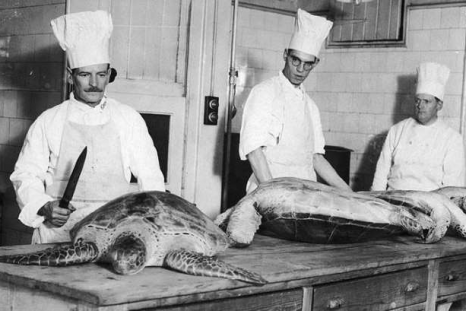
Why have Americans stopped eating turtle?
America has a food diversity problem. Chicken, pork, and beef account for many of the animal proteins found on our dinner table—the product of decades of agricultural industrialization—and this has left us with cheaper but more limited options at the butcher’s counter. Once a year we all sit down to eat turkey, but when was the last time you had snipe, mutton, or rabbit? Perhaps the mightiest protein to fall out of favor, though, is turtle. From the earliest colonial days, Americans were smitten with this four-legged reptile, and turtle soup—its most common preparation—was a restaurant norm into the 1970s and ’80s, a dish exuding luxury status. But today, turtle has almost completely disappeared from our diet. What happened? >click to read<18:01
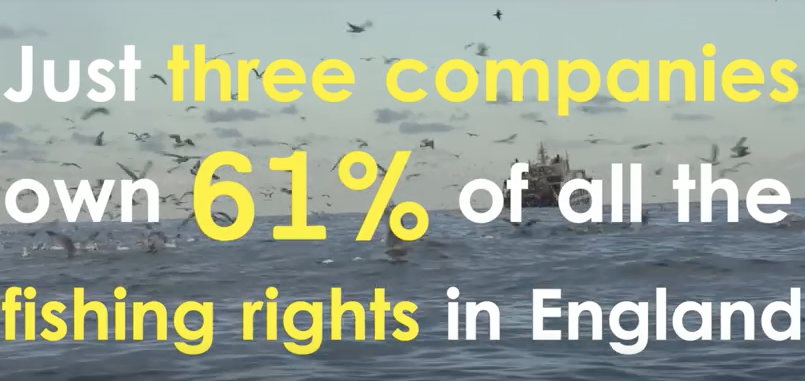
The TRUTH about the multi-million pound fishing firms monopolising UK seas
As UKIP leader Nigel Farage leads a flotilla of UK fishermen up the Thames to protest unfair fishing quota allocation, it has been revealed that the fleet’s flagship trawler was caught up in the UK’s largest ever fraud involving illegal catches of fish: ‘the black fish’ scandal of 2009. The Christina S vessel is now partly owned by one of the richest fishing barons in the country, Andrew Marr, who was named in our recent investigation into the monopolisation of UK fishing rights. >click to read< 12:01
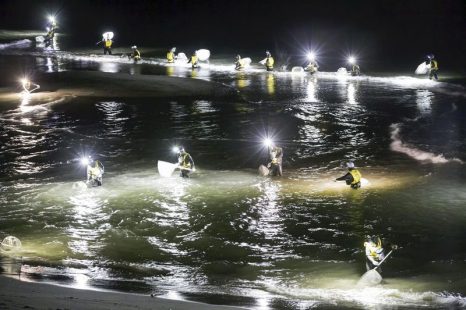
Japanese fishermen, scientists confront eel problem
Off a dark coast near the mouth of the Hishidagawa river in Osaki, Kagoshima Prefecture, countless headlamps glittered and fine-mesh fishing nets fluttered above the cold sea shoals. Fishermen waded through waist-deep water as they carefully looked into their nets, only to lower them once more. Catches of glass eel, or juvenile Japanese eel, have reached critical lows across the nation. In Kagoshima Prefecture, a major eel production area, the total amount of glass eels caught in the 75 days from Dec. 10 — the beginning of this fishing season — was 19.5 percent of that a year earlier. >click to read<11:26

Vancouver Island cholera outbreak ‘a unique situation,’ health officials say
Cholera tends to be spread by consuming water contaminated with infectious feces, but epidemics caused by infectious raw fish and seafood have also been reported, according to the health agency. The disease incubates for a few hours to several days. The cases in B.C. have been traced back to consumption of herring spawn, “a treasured traditional food source for First Nations throughout Vancouver Island,” Waters said. >click to read<11:05
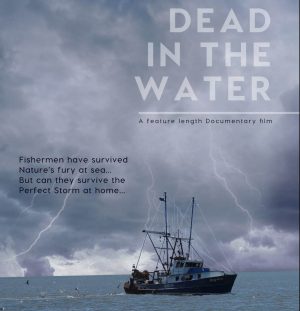
Newburyport: ‘Dead in the Water’ to be screened at Custom House Maritime Museum April 4 at 7:30 p.m.
A new documentary film dealing with the devastating impact of federal regulations on the lives of New England ground fishermen will be shown at a Custom House Maritime Museum fundraising screening April 4 at 7:30 p.m. Wittkower, a graduate of the American Film Institute who has been living and working in Los Angeles since 1981, describes “Dead in the Water” as an examination of “the relentless destruction of the New England ground fishing industry through government regulations, bad science, and the growing, but mistaken, belief that everything has been overfished and there aren’t any fish left in the oceans.” >click to read<10:04

Coast Guard locates 8 people in life raft over 400 miles north of Hawaii
A Coast Guard HC-130 Hercules aircrew from Air Station Barbers Point located a life raft with eight people aboard from the fishing vessel Princess Hawaii over 400 miles north of the Big Island, Sunday evening. The Hercules crew will remain on scene as long as fuel is available and the crew of the commercial fishing vessel Commander is en route to pick up the crew. The Princess Hawaii reportedly had a captain, six crewmembers and an observer from the National Oceanic and Atmospheric Administration aboard and was fishing within 20 miles of its sister ship, the Commander. >click to read< 09:08

Twenty-One Bad Things About Wind Energy — and Three Reasons Why
Trying to pin down the arguments of wind promoters is a bit like trying to grab a greased balloon. Just when you think you’ve got a handle on it, it morphs into a different story and escapes your grasp. Let’s take a quick highlight review of how things have evolved with merchandising industrial wind energy.,, Wind energy was abandoned for most commercial and industrial applications, well over a hundred years ago. Even in the late 1800s it was totally inconsistent with our burgeoning, more modern needs for power.,,, The claim that wind energy is “green” or “environmentally friendly” is laugh-out-loud hilarious – except for the fact that the reality is not funny at all.>click to read< 18:51
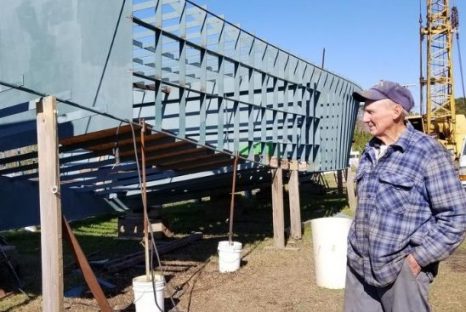
76-year-old stays young building shrimp boat from scratch
Looking over the steel frame, William “Buddy” Davis explained his vision for his made-from-scratch boat. Pointing, he showed where the deck will be installed, the engine room, and a small window into the part where fish and shrimp will be kept in coolers. It’s a project the 76-year-old started last year, he said, and has worked on it on and off with his sons over time. It’s something fun for him to do between shrimping seasons. “That’s all we’ve ever done, fish and shrimp, work on boats,” Davis said of his family. “That’s all we know.” >click to read< video 16:52
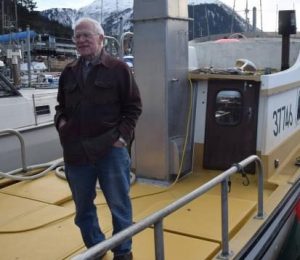
Seals and sulking salmon are causing a data problem for Fish & Game
The Alaska Department of Fish and Game has a numbers problem. A statistical bias in the department’s data on the Taku River — conducted via a “mark-recapture” system for decades — means it has been overestimating how many Chinook and sockeye salmon make it up the river to spawn by about 30-40 percent. The statistical bias is now being corrected by new state-of-the-art studies, Fish and Game says, and much of the issue can be chalked up to seal predation. It also doesn’t mean either of the stocks are any worse off than they have been, ADFG says. But fishermen aren’t buying it. >click to read<13:52
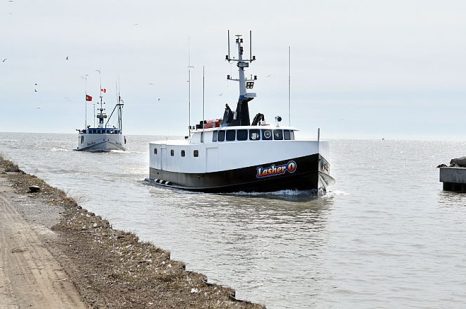
New Season For Lake Erie Fleet
The largest fresh water commercial fishery is located in Wheatley on the shores of Lake Erie. Pickerel, or walleye, and perch are the main commercial species sought after by the Lake Erie fleet of fishing vessels. The fleet, however, is a collection of boats, known as fish tugs, working the lake for a number of different processors centered in Wheatley, like Cavendish, Loop, Presteve, and Taylor. The fleet of almost 45 boats returned to the lake about three weeks ago after the winter hiatus. Over 2 million pounds of perch will be harvested from Lake Erie this year and almost 6 million individual pickerel. >click for photos< 12:05






